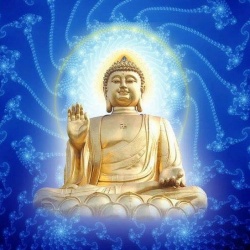Harivarman
Harivarman (c.4th c. ce) A Buddhist monk from central India, sometimes thought to be a member of the Bahuśrutīya subschool of the Mahāsaṃghikas, although his writings seem straightforwardly Sautrāntika. Reputedly a native of Kashmir he studied under the Sautrāntika master Kumāralāta before becoming dissatisfied with the conflicting views of the schools and desiring to reconcile their positions in a manner consonant with the original teachings of the Buddha. To this end he composed a treatise called the Tattvasiddhi Śāstra (also known as the Satyasiddhi Śāstra). His only surviving work, it is extant only in Chinese. It attained some popularity due to a mistaken belief that it taught orthodox Mahāyāna doctrines, such as emptiness (śūnyatā). In this work, which is divided in accordance with the Four Noble Truths, the author discusses a multitude of technical problems in Buddhist doctrine, and rejects those opinions which are not sanctioned by scripture. He follows the interpretation of no single school and states that he wishes to establish his own conclusions independently. He argues strongly for the recognition of the role played by the mind in the construction of reality through the medium of concepts and intellectual constructions (prajñapti). The present value of the treatise to scholars is as a compendium of proto-Mahāyāna teachings.
